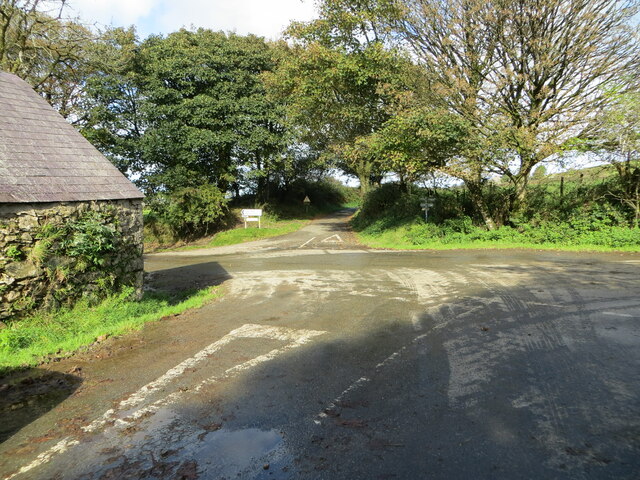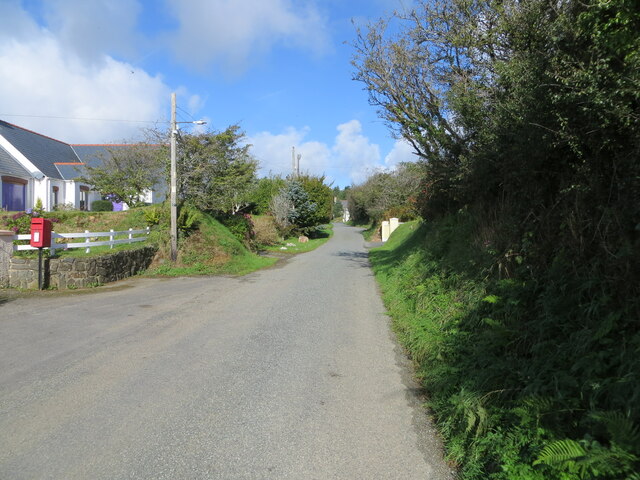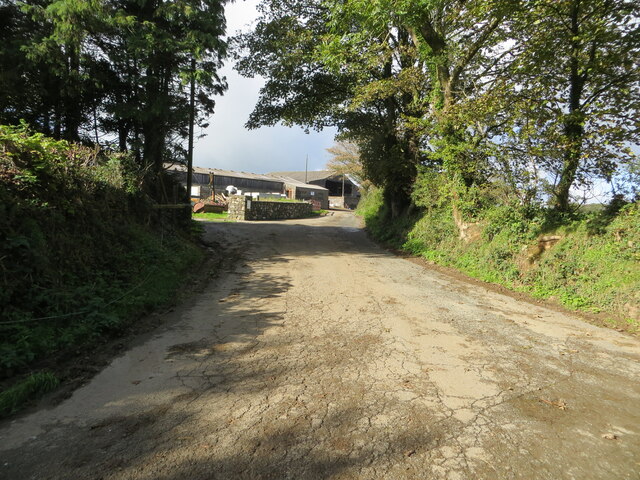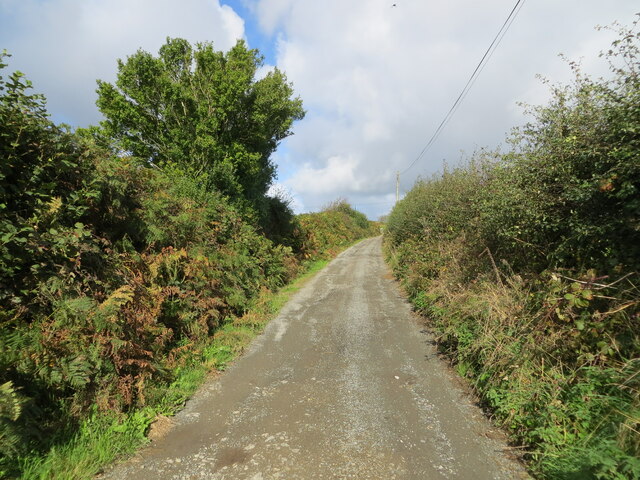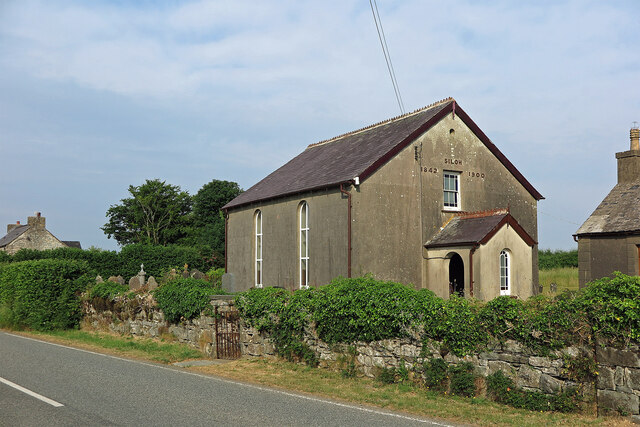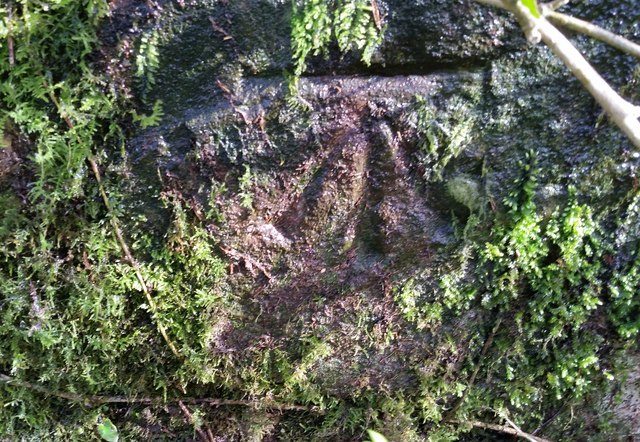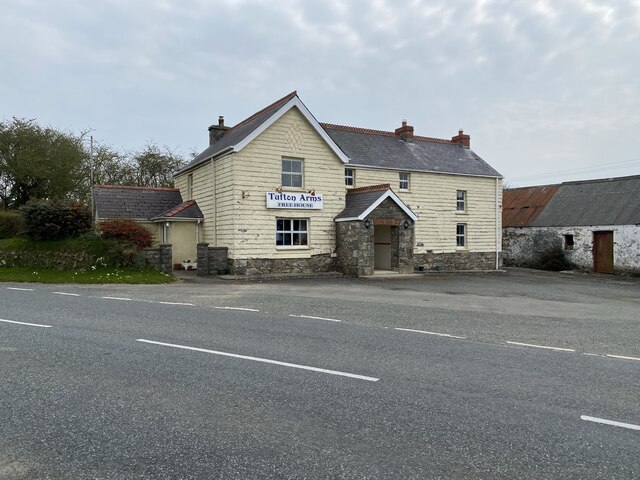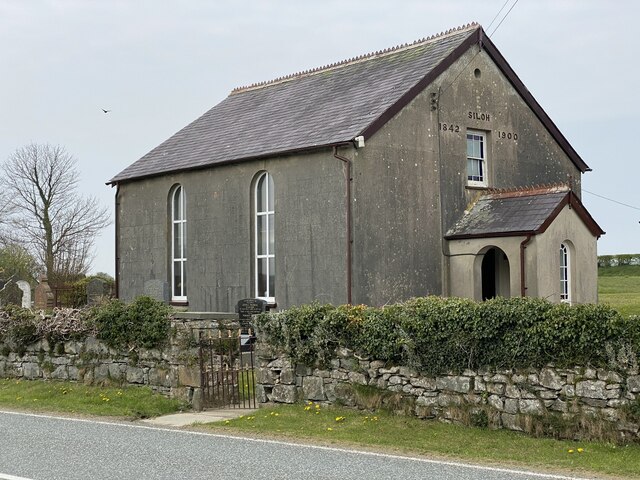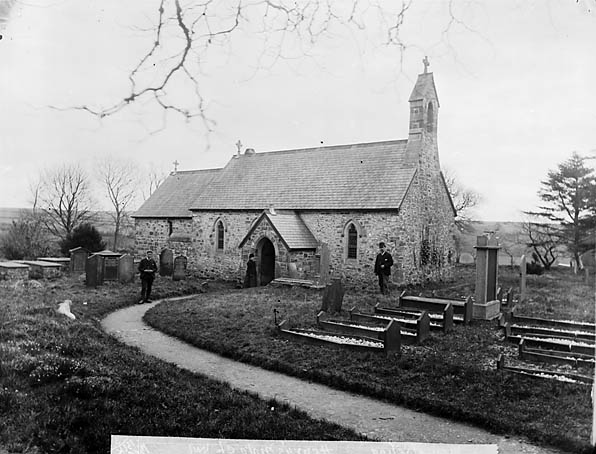Garden-fach
Downs, Moorland in Pembrokeshire
Wales
Garden-fach

Garden-fach is a small rural area located in the county of Pembrokeshire, Wales. Situated in the western part of the county, Garden-fach is primarily known for its picturesque downs and moorland landscapes.
The downs of Garden-fach are characterized by their gently rolling hills and open grassy fields. These downs offer stunning panoramic views of the surrounding countryside, with lush greenery and scattered wildflowers dotting the landscape. The area is ideal for leisurely walks, picnics, and enjoying the tranquility of nature.
Adjacent to the downs, Garden-fach boasts vast stretches of moorland. Moorland is a type of open, uncultivated land characterized by its heather and grass cover, as well as scattered patches of marshes and boggy areas. The moorland in Garden-fach is home to a diverse range of flora and fauna, including various species of birds, mammals, and insects.
The area is a haven for outdoor enthusiasts, offering ample opportunities for activities such as hiking, birdwatching, and nature photography. The scenic beauty of Garden-fach attracts visitors throughout the year, as well as providing a peaceful and idyllic living environment for local residents.
Garden-fach is also known for its rich historical heritage, with several ancient landmarks and archaeological sites scattered across the area. These include burial mounds, standing stones, and remnants of ancient settlements, adding a sense of mystery and intrigue to the landscape.
In summary, Garden-fach in Pembrokeshire offers a captivating blend of downs and moorland, providing a stunning natural environment for visitors and residents to explore and enjoy.
If you have any feedback on the listing, please let us know in the comments section below.
Garden-fach Images
Images are sourced within 2km of 51.921001/-4.8593677 or Grid Reference SN0328. Thanks to Geograph Open Source API. All images are credited.

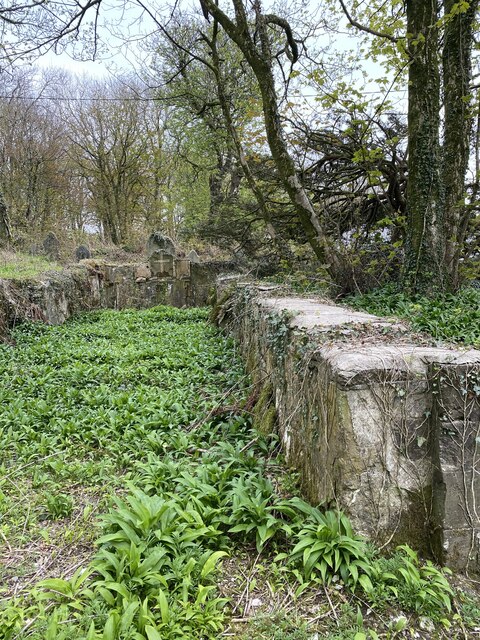
Garden-fach is located at Grid Ref: SN0328 (Lat: 51.921001, Lng: -4.8593677)
Unitary Authority: Pembrokeshire
Police Authority: Dyfed Powys
What 3 Words
///eyebrows.back.universes. Near Ambleston, Pembrokeshire
Nearby Locations
Related Wikis
Tufton, Pembrokeshire
Tufton is a crossroads hamlet in the parish of Henry's Moat in Pembrokeshire, Wales, on the B4329, a road between Eglwyswrw and Haverfordwest across the...
Henry's Moat
Henry's Moat is a hamlet and parish in Pembrokeshire, Wales, in the community of Puncheston. It is 7 miles (11 km) southeast of Fishguard and 9 miles...
Castlebythe
Castlebythe (Welsh: Cas-fuwch) is a village and parish in Pembrokeshire, Wales, on the southern slopes of the Preseli Hills, 10 km south-east of Fishguard...
Morvil
Morvil or Morfil is a remote upland parish on the southern slopes of the Preseli Mountains in north Pembrokeshire, Wales. Fishguard is 6 miles (10 km)...
Nearby Amenities
Located within 500m of 51.921001,-4.8593677Have you been to Garden-fach?
Leave your review of Garden-fach below (or comments, questions and feedback).

